Verbena is a vibrant, low-maintenance flower that bursts with color from spring until frost. This guide covers everything you need to know to successfully grow and care for these sun-loving bloomers in your garden.
In the world of flowering plants, few can match the sheer exuberance and long-lasting color that Verbena brings to the garden. These sun-loving bloomers are a true delight, boasting clusters of vibrant flowers in a rainbow of hues that seem to defy the passing seasons. From the first warm days of spring until the arrival of frost, verbena will grace your outdoor spaces with a continuous, eye-catching display that is sure to turn heads and lift spirits.
Whether you’re a seasoned gardener or just starting to explore the joys of cultivating your own colorful oasis, verbena is an excellent choice. In this comprehensive guide, we’ll delve into everything you need to know to successfully grow and care for these captivating bloomers, ensuring a showstopping performance in your garden year after year.
Understanding the Verbena Plant
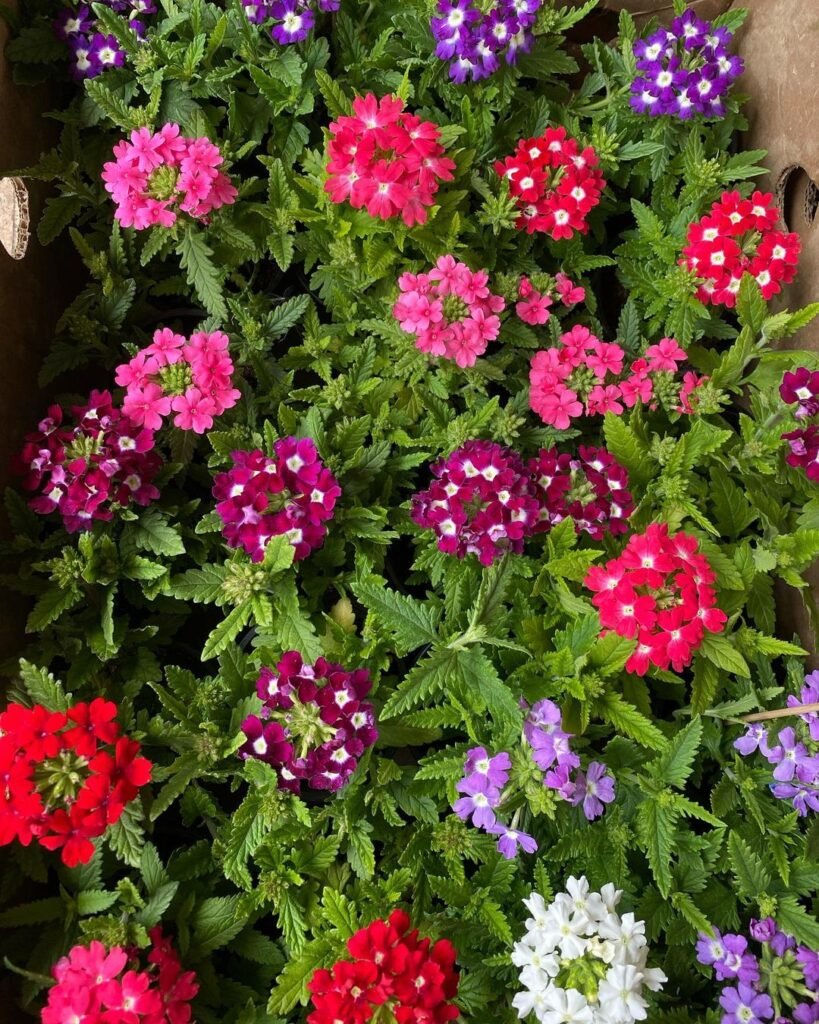
Here’s a short information chart about verbena:
| Item | Information |
|---|---|
| Botanical Name | Verbena spp. |
| Plant Type | Perennial or Annual (depending on variety) |
| Zones | Typically Zones 7-11 (varies by species and variety) |
| Exposure | Full Sun |
| Bloom Time | Spring to Fall |
| Height/Spread | Varies by species and variety, typically 6 inches to 3 feet tall and wide |
Verbena is a diverse genus of plants that includes both annual and perennial varieties. Annual verbenas, such as the popular Verbena x hybrida, are prized for their prolific blooms and are often grown as bedding plants or in containers. Perennial verbenas, like the hardy Verbena bonariensis, are valued for their long-lasting displays and ability to naturalize in the garden.
Popular Varieties

With their wide range of colors, growth habits, and bloom forms, verbenas offer something for every gardener’s taste and planting need. Some popular varieties include:
- Lanai® Series: Compact, mounded plants with large, vibrant flower clusters.
- Tapien® Series: Trailing verbenas perfect for hanging baskets and containers.
- Endurascape™ Series: Heat and drought-tolerant varieties ideal for low-maintenance gardens.
- Bonariensis: A tall, perennial verbena with striking purple blooms and airy foliage.
Planting and Care
Choosing the Right Location
Verbenas thrive in full sun, requiring at least six hours of direct sunlight per day. They also prefer well-draining soil, as their roots can easily rot in overly moist conditions.
Soil Preparation
Before planting, amend the soil with compost or well-rotted manure to improve drainage and fertility. Verbenas prefer a slightly alkaline soil pH between 6.5 and 7.5.
Planting Techniques

For annual verbenas, plant them after the last frost date in your area, spacing them 8 to 12 inches apart. Perennial verbenas can be planted in early spring or fall, with a spacing of 18 to 24 inches.
Watering and Fertilizing
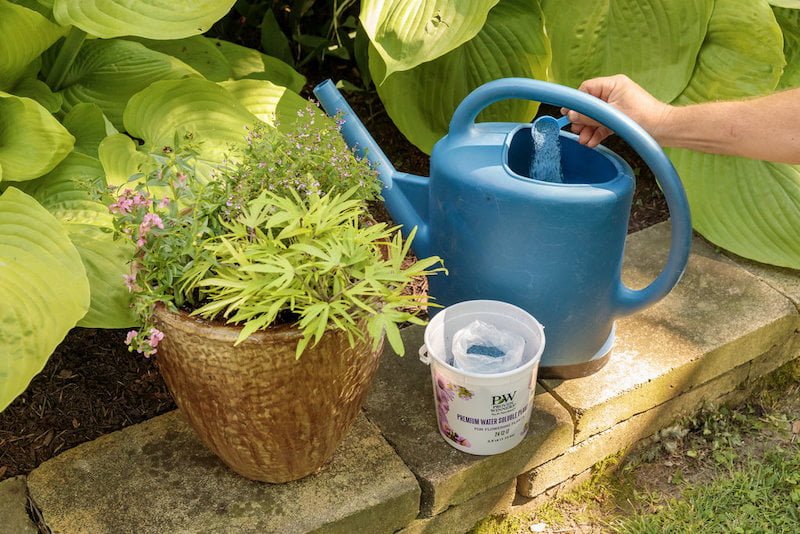
Verbenas have moderate water needs, requiring regular watering to keep the soil consistently moist but not waterlogged. Apply a balanced, water-soluble fertilizer every four to six weeks during the growing season for optimal bloom production.
Pruning and Deadheading
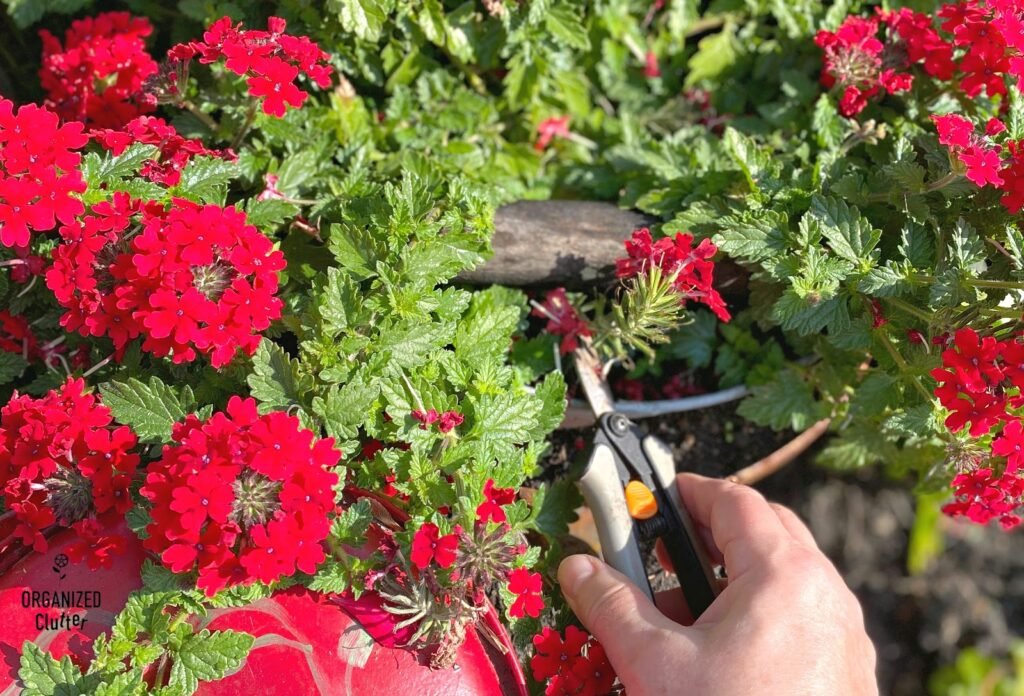
Regular deadheading, or removing spent flowers, will encourage verbenas to continue blooming prolifically. Pinching back the plants occasionally will also help promote a fuller, bushier growth habit.
Overwintering
Perennial Verbenas In colder climates, perennial verbenas may need to be protected or brought indoors during the winter months. Mulch around the base of the plants and consider covering them with a cold frame or burlap wrap when temperatures drop.
Designing with Verbena
Container Gardens
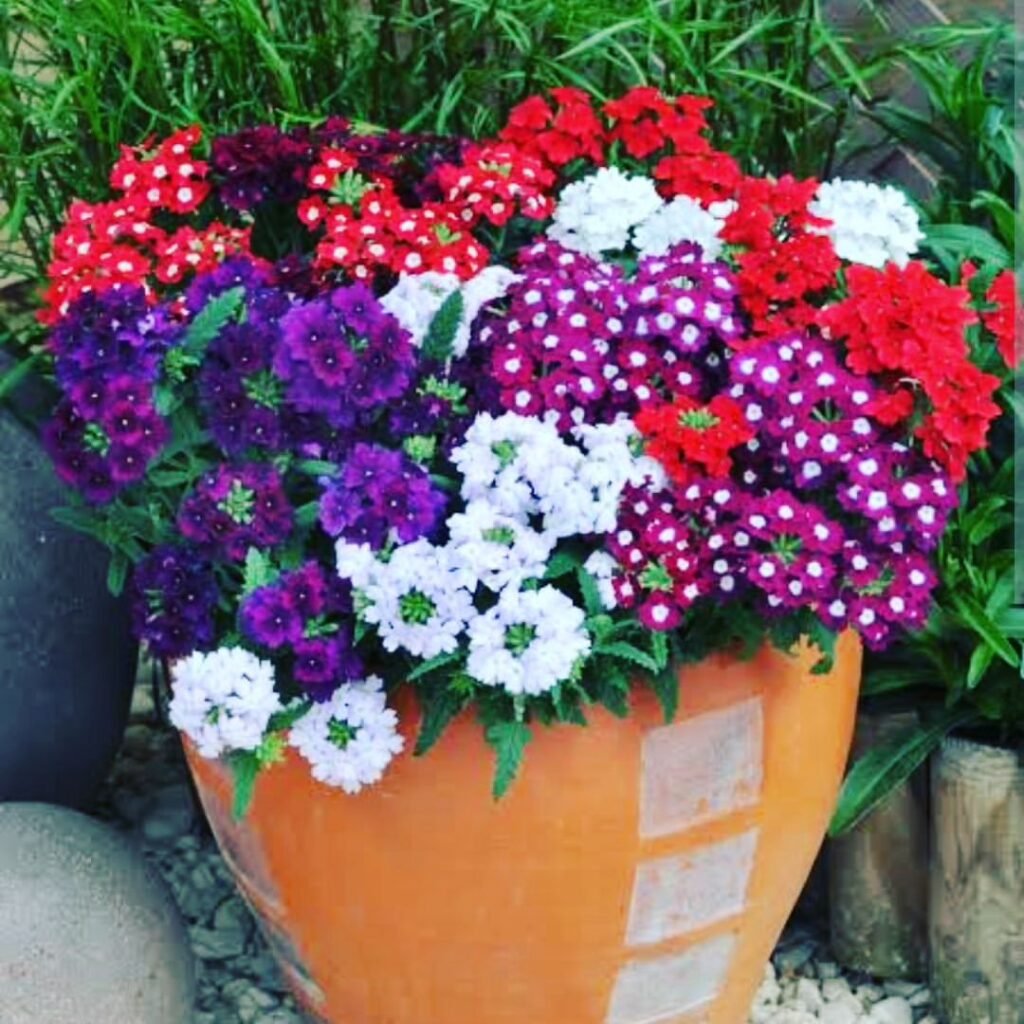
Verbenas are a fantastic choice for container gardening, spilling over the edges of pots and hanging baskets with their vibrant blooms and trailing stems.
Garden Beds and Borders
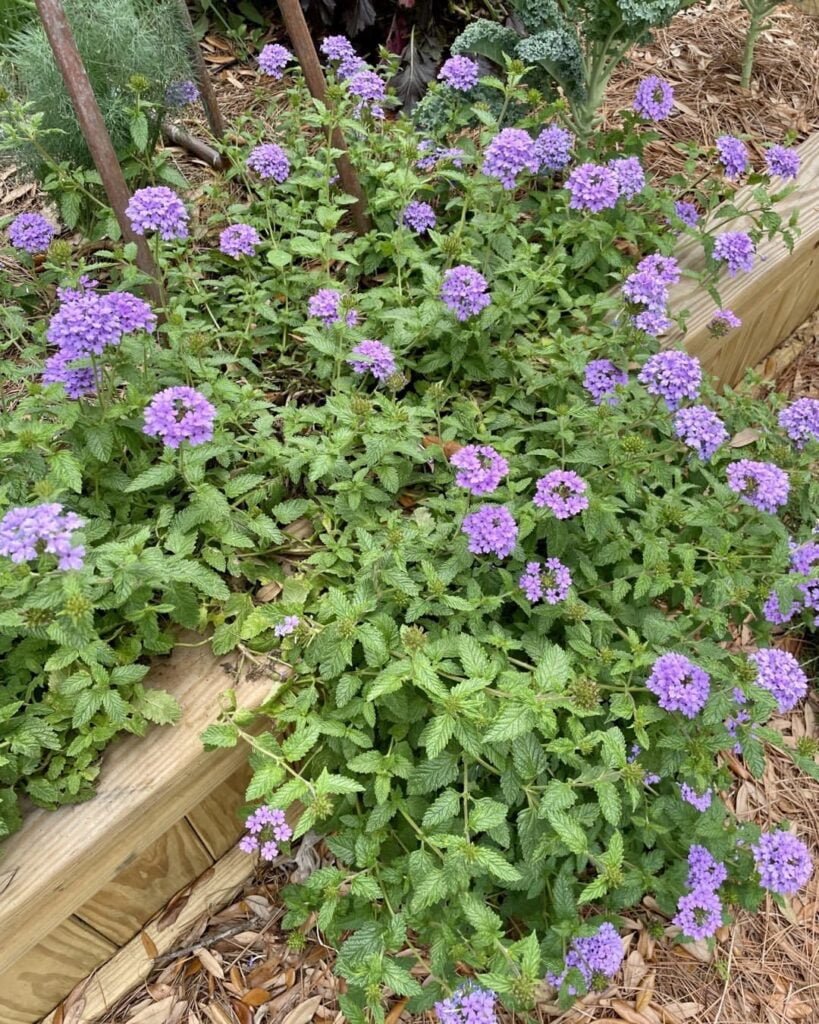
Incorporate verbenas into garden beds and borders for a stunning display of continuous color. Their mounded or trailing growth habits make them excellent edging plants or ground covers.
Companion Planting
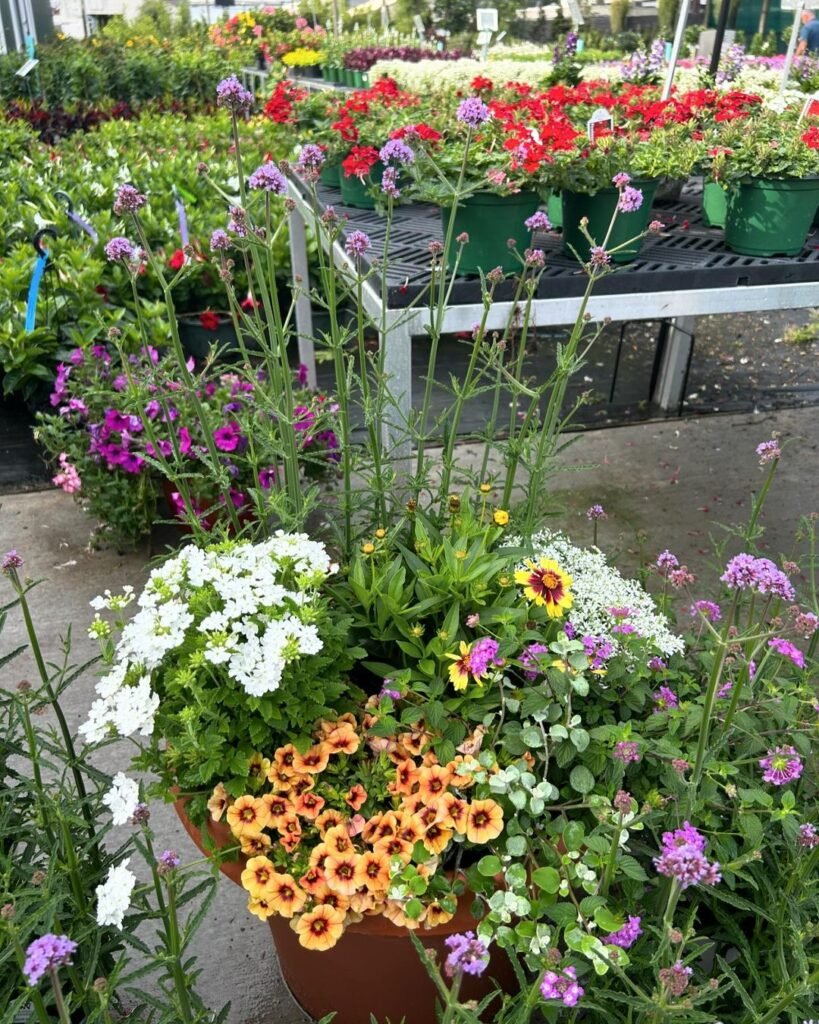
Verbenas pair beautifully with a variety of other sun-loving annuals and perennials. Try combining them with upright plants like salvia, coreopsis, or ornamental grasses for a visually striking contrast in texture and form.
Cut Flowers
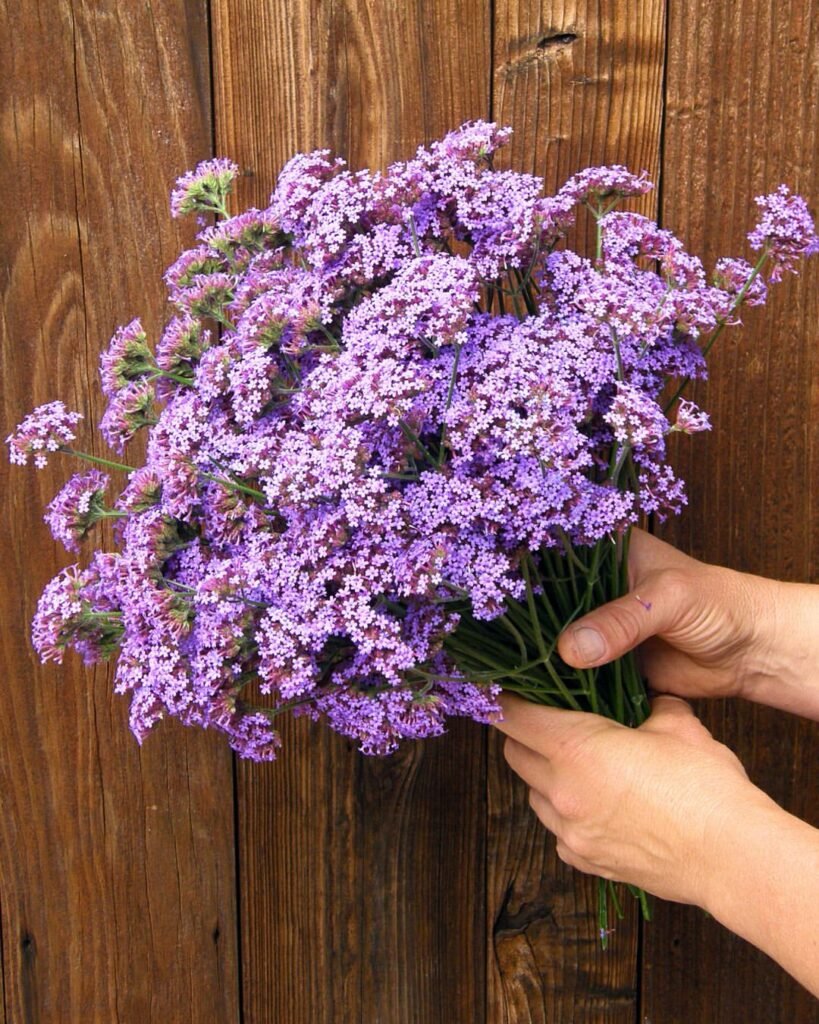
While not traditionally grown as cut flowers, verbena blooms can be used in fresh or dried arrangements for a whimsical, informal touch.
Troubleshooting Common Issues
Pests and Diseases

Verbenas are generally quite resistant to pests and diseases, but keep an eye out for common issues such as aphids, spider mites, and powdery mildew. Proper watering, spacing, and air circulation can help prevent many problems.
Fading Blooms

If your verbena blooms start to fade or become washed out, it could be a sign of too much direct sunlight or heat stress. Providing afternoon shade or increasing water during hot spells can help revive the plants.
Leggy Growth
If your verbena plants become leggy or straggly, it’s likely due to insufficient sunlight or overcrowding. Prune them back and move them to a sunnier location or thin out the plants for better air circulation.
Verbena is a true showstopper in the garden, offering a vibrant and long-lasting display of color that will brighten any outdoor space from spring until frost. With their wide range of varieties, versatile growth habits, and relatively low-maintenance requirements, these sun-loving bloomers are an excellent choice for gardeners of all skill levels.
By following the tips and guidelines outlined in this comprehensive guide, you’ll be well-equipped to successfully cultivate and care for verbena, ensuring a stunning performance year after year. Whether you choose to incorporate them into garden beds, borders, or containers, these captivating flowers are sure to become a beloved addition to your garden, bringing joy and beauty with their endless blooms. So why not embrace the radiance of verbena and add a burst of vibrant color to your outdoor oasis today?
Pingback: Butterfly Bushes: Tips for Growing Beautiful Varieties
Pingback: When and How to Cut Back Peonies for Gorgeous Blooms
Pingback: Potato Growth Stages: How to Plant, Grow and Harvest -
Pingback: Grow Your Quirky Tractor Seat Plant: A Comprehensive Guide
Pingback: Winter Plant Protection: A Comprehensive Guide for Keeping Your Garden Thriving
Pingback: Winter Bird Feeding: A Guide to Nourishing Our Feathered Friends
Pingback: Amazing Secrets: Trees That Start with X -
Pingback: Cultivating Iris Flowers: Tips for Stunning Blooms
Pingback: Butterflies : The Ultimate Spotter’s Guide to Winged Wonders
Pingback: Spirea Shrubs : Flowering Stars for Year-Round Interest - Gardener's School
Pingback: 20 Flowers for a Cutting Garden Gardeners School
Pingback: 16 Types of Yellow Mushrooms (with Pictures)
Pingback: How to Grow and Care for Pink Quince: A Complete Guide
Pingback: Succulents Care: 5 Steps for Healthy, Thriving Succulents
Pingback: Planting Succulents : 8 Tips for a Vibrant Succulent Garden
Pingback: Growing Plumeria Pudica : A Step-by-Step Guide
Pingback: Cranesbill (Hardy Geranium) Care : The Definitive Handbook - Gardener's School